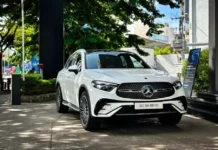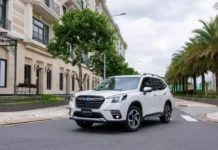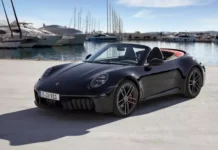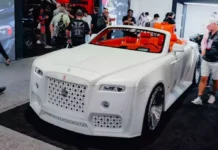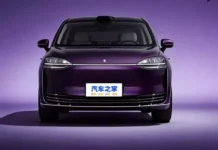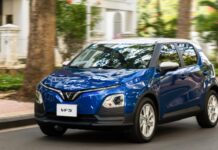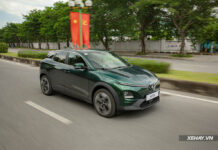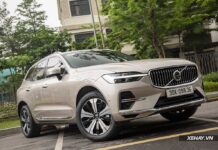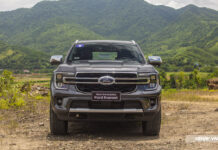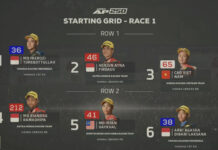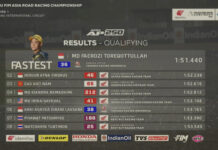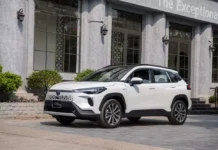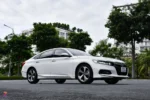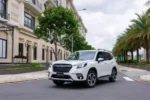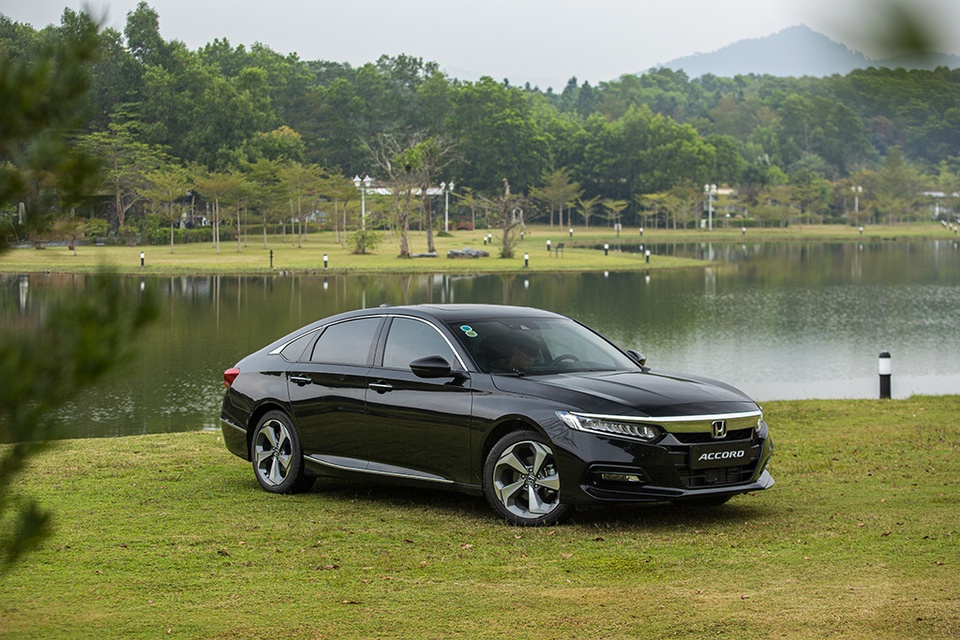
|
The D-segment sedan, once a symbol of luxury in Vietnam, has seen its market share diminish due to the rise in popularity of urban SUVs, small MPVs, and electric vehicles. While these vehicles offer similar levels of comfort and space, their taller stance and higher riding position have captured the hearts of many Vietnamese consumers.
Significant Price Reductions, But Slow Sales Remain
According to a sales consultant at a Toyota dealership in Ho Chi Minh City, the Toyota Camry is currently offering cash discounts ranging from 40 to 60 million VND, depending on the trim level. The highest discount of 60 million VND is applicable to the 2.0Q version, while the HEV Top trim receives a 40 million VND promotion.
The same consultant revealed that the dealership has a significant inventory of the Toyota Camry, hence the need to offer such substantial discounts to clear stock. Furthermore, some dealerships are offering even higher discounts, with the 2024 model year Camry receiving promotions of up to 100 million VND.
|
|
|
Toyota Camry’s slow sales despite deep discounts. Photo: Phúc Hậu. |
Despite these attractive offers, the Toyota Camry’s sales performance in Vietnam has been underwhelming. In May, its sales reached 239 units, a slight decrease from its peak of 264 units sold in April. As of the end of May, the cumulative sales for the year stood at 940 units, equivalent to an average monthly sales figure of 188 units.
According to the sales consultant, the slow sales are consistent across all trim levels. While the Toyota Camry may not be setting sales records, its performance surpasses that of its direct competitors in the same segment.
| Toyota Camry carries the D-segment sedan sales | |||||
| Sales breakdown of D-segment sedans in Vietnam for the first five months (Data source: VAMA) | |||||
| Brand | Toyota Camry | Kia K5 | Mazda6 | Honda Accord | |
| Units Sold | 940 | 98 | 56 | 15 |
The Vietnam Automobile Manufacturers Association (VAMA) reports that Mazda6 and Honda Accord failed to sell a single unit in May. Kia K5 sold 17 units, but this still represents a nearly 50% decrease compared to the previous month.
Honda Accord offered cash discounts of up to 250 million VND earlier in the year, while Kia K5 also provided purchase incentives and free insurance packages. Combined sales of these three models from January to May totaled only 169 units, a far cry from the Toyota Camry’s 940 units sold during the same period.
Chinese Brands Face Challenges, Too
The D-segment sedan market in Vietnam also includes the MG7 (starting at 738 million VND) and BYD Seal (from 1.119 billion VND). Another Chinese offering, the GAC Aion ES, is priced at 788 million VND, but it is smaller in size and the Aion brand has a minimal presence in the country.
Chinese automakers do not disclose their sales figures in Vietnam, so it is challenging to assess the success of these models accurately. However, BYD Seal, MG7, and GAC Aion ES are not commonly seen on Vietnamese roads, suggesting that their sales figures may not be impressive.
|
|
|
MG7 and BYD Seal: Chinese D-segment sedans. Photo: Phúc Hậu. |
In June, MG is offering a free insurance package worth 15 million VND with the purchase of the MG7 1.5T Luxury, the most affordable trim level of the MG7 sedan. BYD, on the other hand, is providing promotions for both the Advanced and Performance versions of the BYD Seal, including gifts worth 60 million VND, interest-free loans through a partner bank, and a standard six-year maintenance package valued at 6 million VND.
Overall, the D-segment sedan market in Vietnam is facing a potential self-elimination. While the Toyota Camry may survive due to its loyal customer base, the future of its competitors, including the Mazda6, Kia K5, and Honda Accord, looks uncertain. Chinese brands like BYD Seal and MG7 also face challenges, particularly when it comes to brand value and, in the case of electric vehicles, the lack of public charging infrastructure.
|
|
|
Apart from the Toyota Camry, the future of D-segment sedans in Vietnam looks uncertain. Photo: Thaco. |
The decline of sedans and low-riding vehicles in Vietnam continues, as consumers favor SUVs, MPVs, and higher-riding vehicles. Even the once-popular 1-billion-VND sedan segment is not immune to this shift in consumer preferences.
Recommended Reads for Your Journey
Our Automotive section presents a selection of captivating books with diverse themes. During those moments of rest and relaxation in your vehicle, a good book can be a delightful companion.

